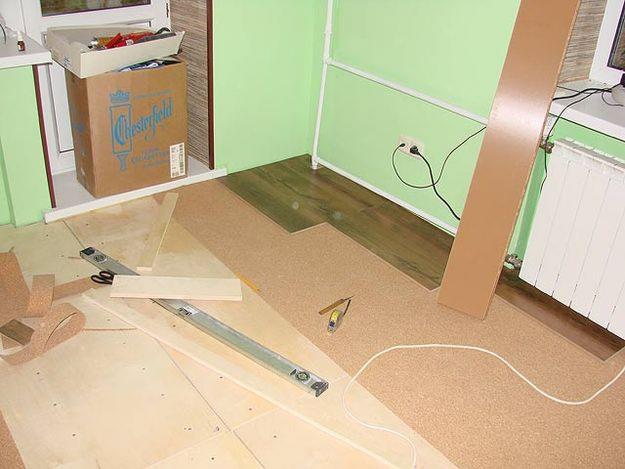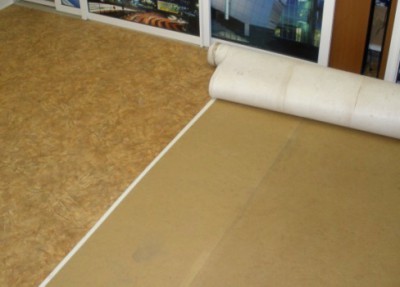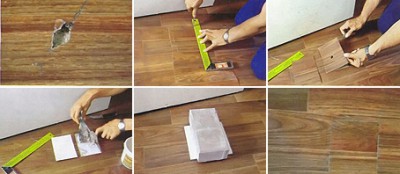New linoleum to old: is it possible?
I wanted to lay a new linoleum with felt in the kitchen, the question is: is it worth it to remove the old linoleum? If you remove it, there are irregularities on the concrete base, and the floor itself is uneven. If the concrete floor is partially leveled with tile glue, let it dry and put new linoleum on the glue (or attach it with a plinth), will it be normal?
Andrew
Expert Answer
Hello Andrey!
First of all, it is mandatory to dismantle the old coating. And there are several reasons for this. Firstly, you should not have high hopes for the felt layer of the new linoleum - soft floor materials bend over many years of operation and, in any case, a clear imprint of the roughness of the concrete base appears on their surface. Secondly, the multi-layer “cake” from the old and new linoleum will soon turn into a hotbed of bacteria and germs, so first of all think about your family’s health. Thirdly, the places of deflection of the polymer coating are subject to increased abrasion, which leads to a deterioration in its appearance and, as a result, leads to ruptures and other mechanical damage.
In addition, there is another factor of satisfaction with the result of work. Of course, not every master is a perfectionist at heart, however, leaving the old worn-out coating as a leveling base is hardly possible to get full satisfaction with the results of his work.
After removing the old linoleum, you should carefully examine the surface of the floor. Places in which the old screed cracked and peeled off should be cleaned to a monolithic base - this will give confidence that in the future concrete crumbs and pebbles will not appear under the new linoleum. After that, dirt and dust are thoroughly removed and restoration measures are started.
To repair the old screed, it is best to use special sand-cement compounds - after hardening, they have high strength and compressive strength. In addition, you will have a guarantee that over time, "patches" will not cry. Tile glue is used only because the additives included in its composition give high plasticity - it smoothes well and is easy to work with. In addition, adhesive mixtures have a high setting speed (up to 24 hours) and practically do not shrink when dried. However, how the restored base will behave during many years of operation, not a single expert can say.
The financial component of such a “reconstruction” is also important. If leveling requires a layer of tile adhesive 2-3 mm thick, then its use can still be justified somehow. In the case when the damage reaches a depth of 2-3 cm, the use of such an expensive material is considered impractical. It is better to spend money on arranging a self-leveling floor - it can be considered an ideal basis for linoleum.



